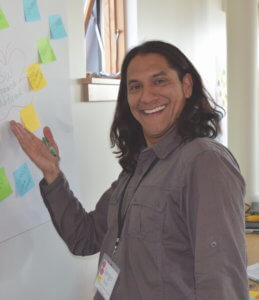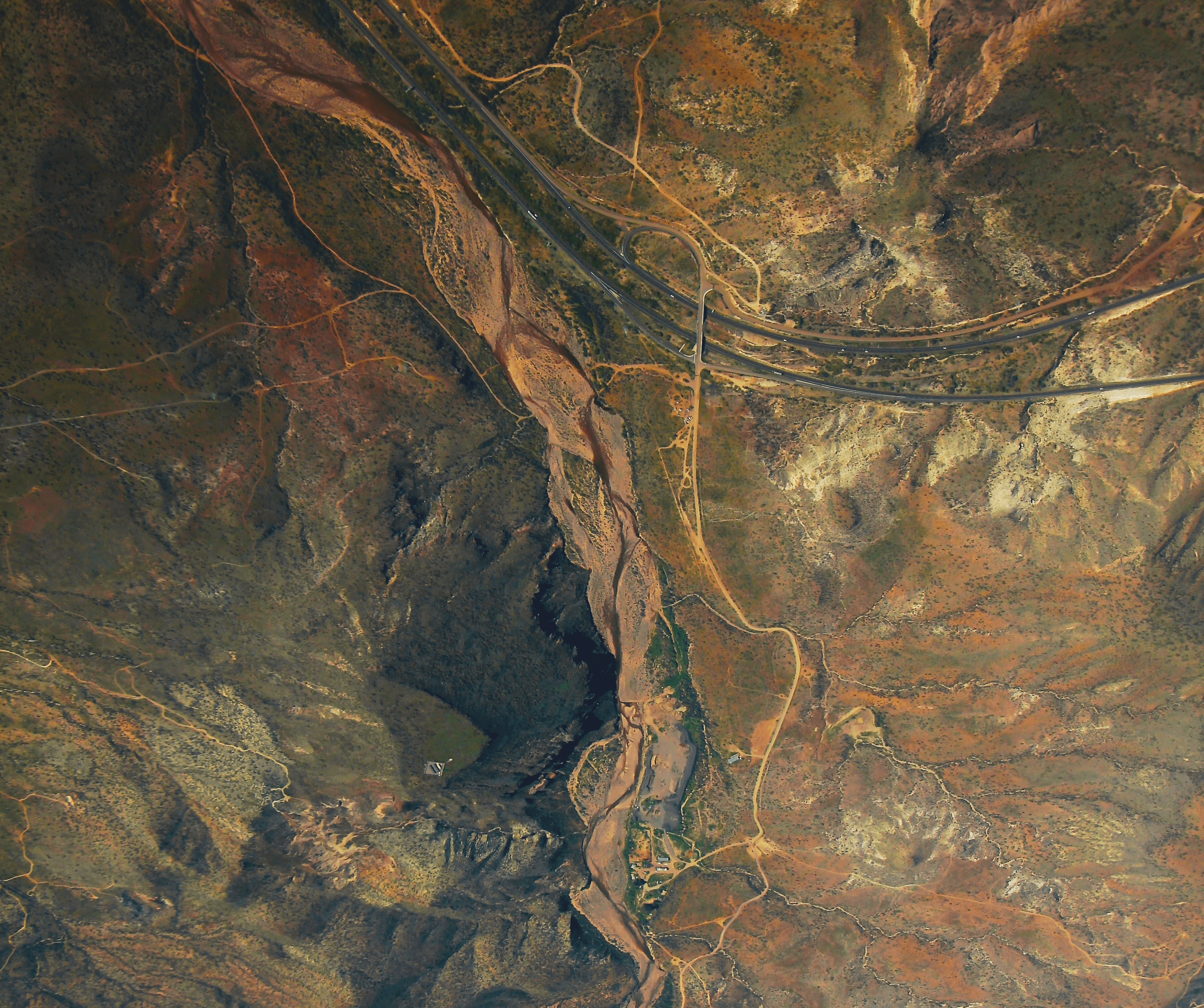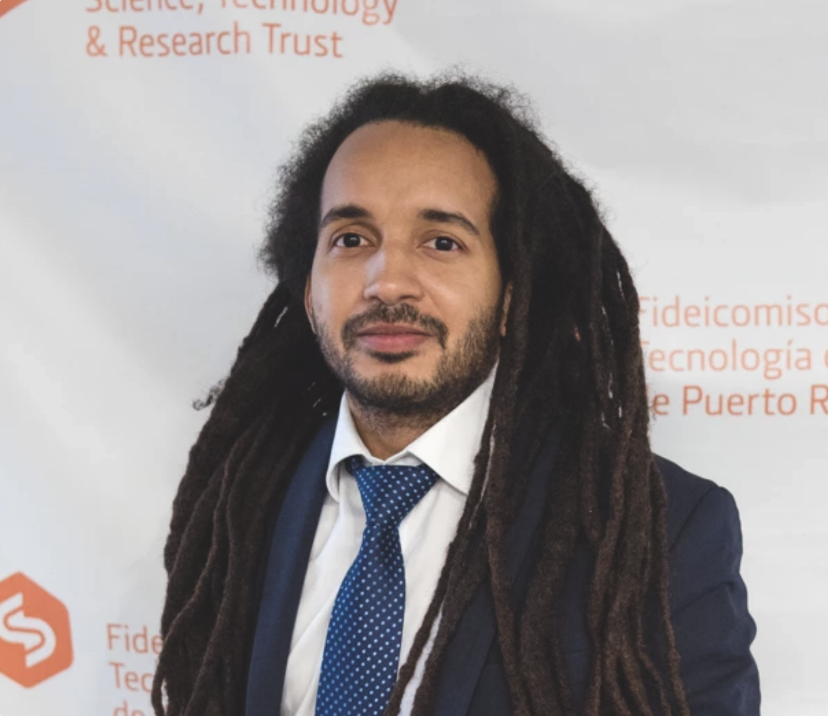Sergio Avila leads collaborative efforts on connectivity for wildlife, and habitat restoration and conservation in northwest Sonora and southeast Arizona. He has found his niche as a bridge between cultures, languages and approaches to the conservation of biodiversity in the US-Mexico border. We asked Sergio to share his thoughts with us about his experience as a Wilburforce Fellow. Here’s what he told us:

Sergio Avila at the 2015 Wilburforce Fellows workshop.
How would you describe your Wilburforce Fellowship experience in a nutshell?
If I were just picking one word to describe the Wilburforce Fellowship, it would be ‘confidence.’ The processes that we learned the first couple of days in the training – learning a better way of communicating and thinking – it helped me to better structure how I think and make plans. As scientists, we have all these ideas and motivations; after the training, I was able to focus in one direction. And I was able to find what was necessary to do, what was immediate, and to not sweat the little things. The training helped me improve my thinking process. But I also gained confidence by meeting people who are similar to me in their work, their interests, their passions, even their failures – learning from their struggles and successes has given me confidence that we’re all on the same track together. This fellowship connects us and makes all stronger, and that support system with the other fellows has really helped me.
I attended the Wilburforce Fellowship training one month into a new job, so having confidence was really important. I went from a small organization of 10 to 15 people, to a large organization, over 300 people, and I was in a new research position, with other conservation scientists. I felt like there were a lot of expectations of me coming into this job, so the fellowship helped me to feel confident, focused, and supported.
Are there any stories of how the fellowship has influenced your work that you can share?
I have a photograph from the very first day of the training, where we were making mental maps and putting up post-its of what we wanted to do. In that photograph I was describing the vision I had for a project at my new job. That photo captured exactly what I’ve accomplished now – the partners, the process, the vision. Vision for our work is very important. I crafted that vision, and a grant proposal that was funded months later. Now it’s a long-term project, with ongoing funding, and new partnerships. The funding wasn’t the point, but getting it confirmed that the vision was correct. I really think that this project wouldn’t have happened without the fellowship – the vision happened at the fellowship and that pulled it through. That first day I created a mental map, and now over a year later, the partnership was created, the project funded and the successes started.
Is there anything you’d like to share with potential future Wilburforce Fellows?
The Wilburforce Fellowship made me more aware of the need to engage with diverse audiences, not only of scientists, but also diverse audiences, members, partners. By addressing diverse backgrounds, cultures and interests, we make our conservation and research goals more realistic and attainable.
I think the training is paying off for my employer too because of my independence, boldness and confidence. I’ve shared the 2017 application with three scientists here, because I think it’s such a benefit to our employer too.



